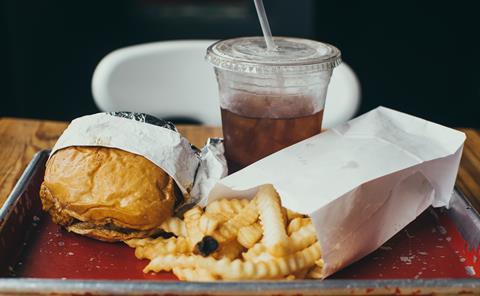
Background imagery, graphics or cartoons associated with “junk food” products will be outlawed under the government’s clampdown on HFSS ads, a consultation set out today.
The Advertising Standards Authority announced it was launching a new month-long consultation on its plans, amid threats of legal action by food companies who claim it could affect hundreds of millions of pounds spent on food ads in the UK.
Today’s consultation sets out the ASA’s latest proposed guidance on how the ban will operate, following a previous consultation at the end of 2023.
Controversy is raging over how the rules, including a total ban online and a 9pm watershed on TV, will apply to specific brand ads for companies such as confectionery makers and fast food operators.
The Grocer revealed last week that multiple companies were considering legal action amid fears entire categories could effectively be banned from advertising.
The consultation says the watchdog, which is interpreting the new government regulation for Ofcom, will rule that ads showing a less healthy product among multiple products will be in scope of the ban, even if the other products are healthy. It will also cover graphical background of wallpaper in advertising creatives if they are associated with HFSS products, even if an ad is for a healthier product. Cartoons associated with “junk food” products would also be prohibited.
“Advertisements that feature only generic product imagery or other generic product representations potentially including descriptions of food or drink products like biscuits, burgers, fries, chicken or curry could be restricted,” says the consultation.
“Where the advertiser is associated by persons in the UK with the manufacture or sale of a less healthy product ranges the use of a generic representation of that product or products would increase the probability of the advisement being resisted.”
Some refences in ads to HFSS products would be allowed, such as non-specific mixers in alcohol ads or incidental references to generic HFSS products.
The Grocer revealed in January that the ASA had backtracked on its original interpretation of the regulation that would have allowed a swathe of non-specific advertising to continue unchecked.
Health campaigners had previously threatened legal action against what they claimed were the glaring loopholes in the ban.
However, industry bosses claim the body has swung too far in the opposite direction and claim the strict interpretation flies in the face of the original intention of the regulation.
There is also pressure on the government to change the legislation to specifically allow HFSS brands to advertise healthier products within their stable.
“The publication of this ASA guidance is one more step towards bringing in the 9pm watershed and online restrictions on HFSS food and drink advertising from 1 October 2025,” said Barbara Crowther, children’s food campaign manager at Sustain.
“The strengthening of this guidance was absolutely necessary to close loopholes and ensure adequate levels of protection for children, delivering on the intent of the legislation laid back in April 2022. There is one month for everyone to respond constructively to the revised guidance, but let’s be in no doubt that this is happening, the food and drink industry has been preparing for it for years already, and it’s time to get it over the finishing line.”
Katrina Anderson, a regulatory lawyer at Mills & Reeve, said the draft new guidance was likely to be ”disappointing” to many food manufacturers as it moves away from the previous more certain position.
”If this guidance goes ahead then food manufacturers will need to undertake costly complex legal reviews of brand adverts where the brand includes HFSS products in its range,” she added.
”In practice there will be little legal certainty in this area until we start to see ASA decisions in the autumn and come to understand how they will apply the guidance in practice.”

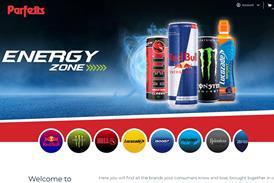
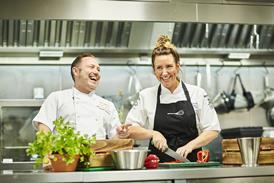
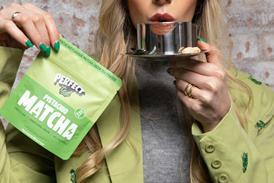
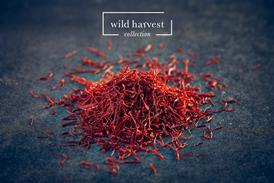
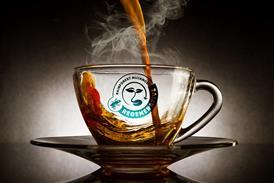
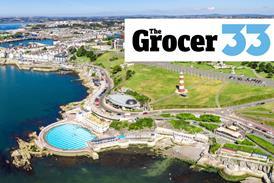
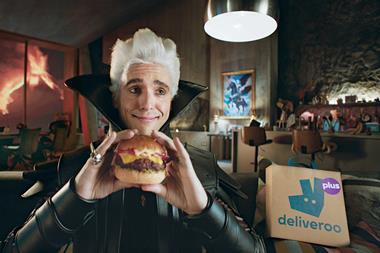
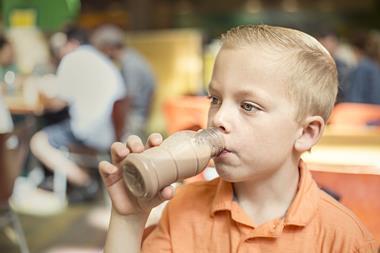

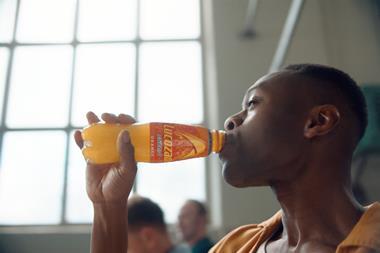

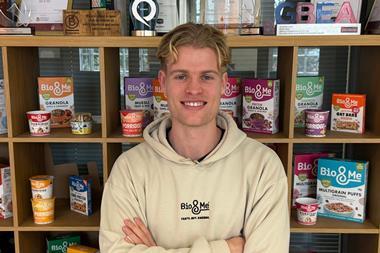
No comments yet